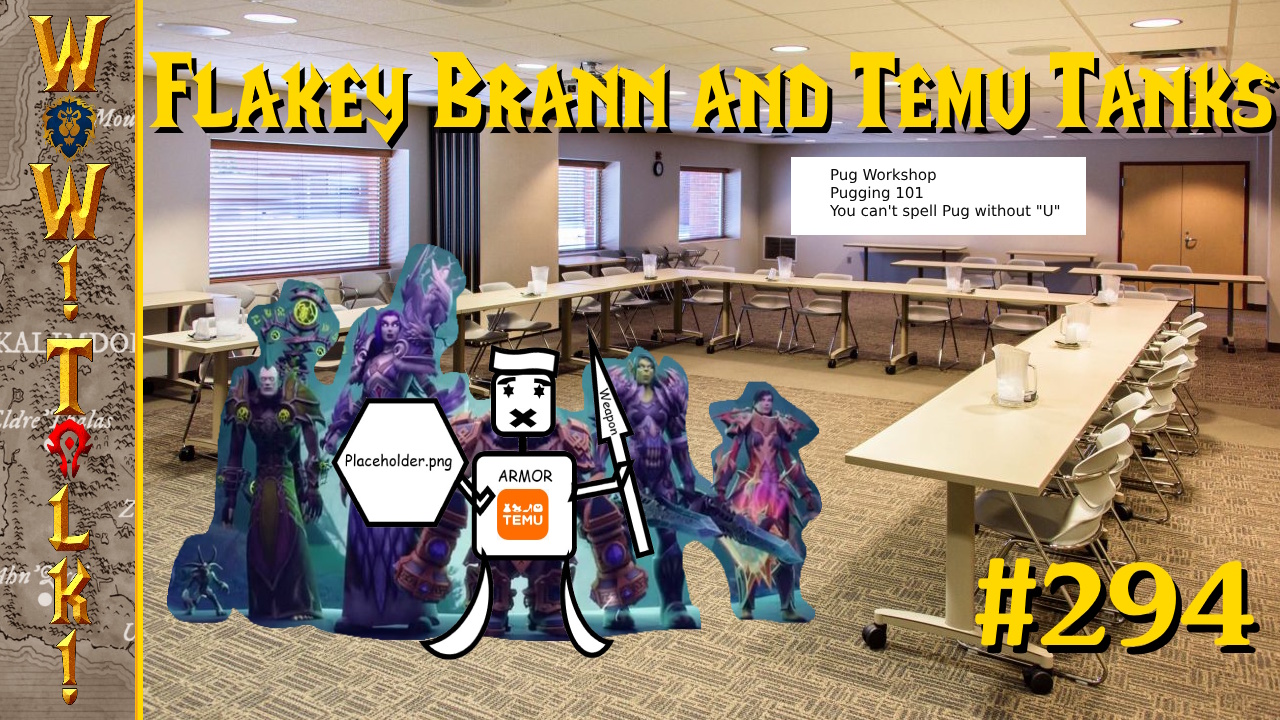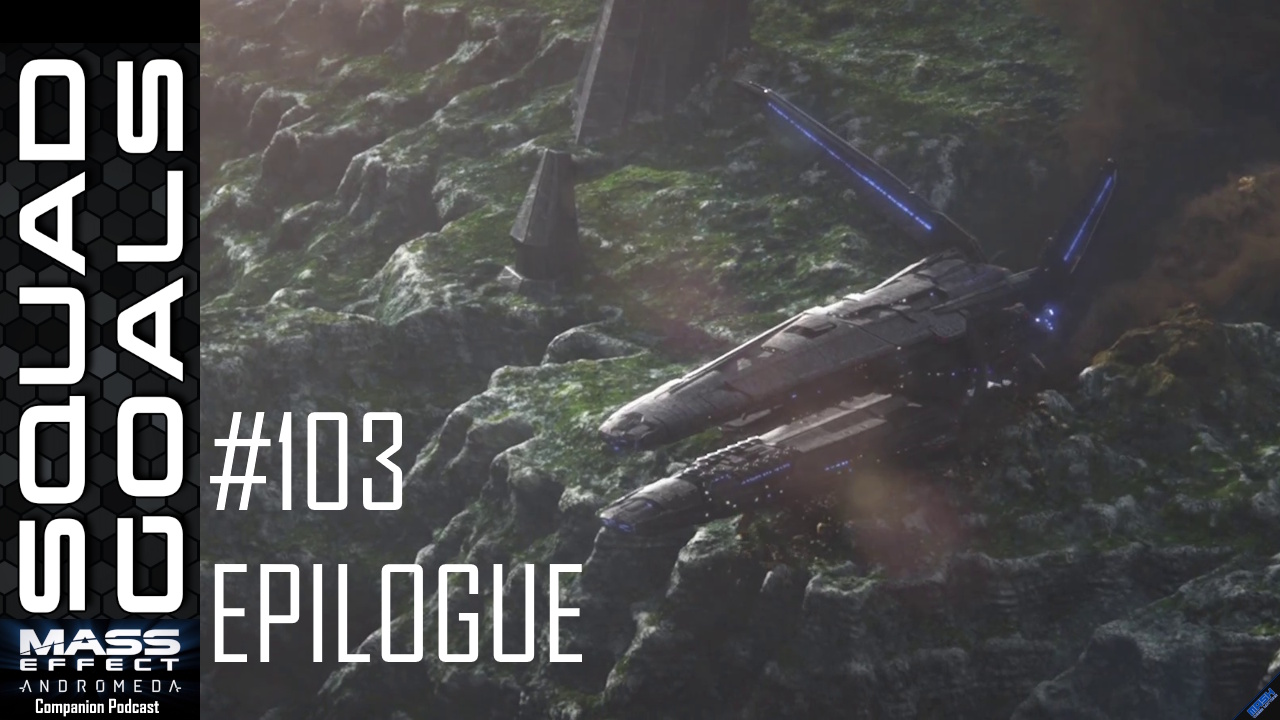
With the rise in indie development, one genre we are seeing more of is the 4X strategy game. For those not familiar with the term, the 4X comes from how the game is played — where you control an empire and explore, expand, exploit, and exterminate. 4X strategy games are known for their deep and complex game play, and they definitely aren’t for everyone. I thought I was one of those people who it wasn’t for. The last 4X strategy game I played was Endless Space, and while I thought the concept was cool, I figured it just wasn’t for me. So why am I here doing a preview on Horizon? Because sometimes you just need to try things twice to make sure you don’t like it.
With that attitude in mind I dove head first into Horizon, knowing that games like these take a bit of time to get ramped up. I was surprised, however, as I found the game to be much more engaging in the beginning than previous 4X strategy games I tried. Horizon is still in alpha, but is available for those who want to try it out and possibly help shape it through feedback via Steam Early Access. That being the case, the only available race to play as is human for the time being.
The first thing you need to do is set up your game. You can choose options such as how many star systems you want available, how many planets per star system, the rate at which they will be inhabitable, the rate at which planets will offer special benefits (we’ll get into this a bit later), and if you want missions to be available. Besides galactic conquest being your ultimate motivation, if you enable missions you will also have a story line to follow. At least, that’s the way it’s supposed to be. I had missions enabled but I didn’t see a single one. I may have possibly jumped the gun on this feature.
As I mentioned you can only play as humans at this point, but you can change aspects regarding the other races in your game’s setup. Through the various options available in the AI settings you can determine if a race is friendly, aggressive, willing to trade, etc. I didn’t alter these settings because I wanted the base experience first, but I was surprised when almost every race I came into contact with were dicks initially. Even races that had a friendly AI acted like they were annoyed with my presence when we first met. There were only two races that didn’t do this, and it’s because one was a race that enjoyed trade and the other one could barely speak. I had various issues with the AI throughout my play-through and I’ll bring those up as I go along.

Your human campaign starts with you finding a probe sent by a species named the Kortahz which has a message informing you that most of their race was destroyed by another race called the Varaians. They hatched a plan to defeat the Varaians that included spreading the seeds of life throughout the universe so that other races may grow and help them take down the Varaians eventually. The Varaians did not interfere with this plan because they are looking for a companion race that they will elevate to a higher level of consciousness when they see fit. The Kortahz were created for this reason, but in some turn of events the Varaians deemed them unworthy. I played Horizon for about 20 hours before writing this preview and didn’t see any sign of the Varaians, so perhaps I spent too much time messing around doing other stuff or they just may not be in the game yet.
As I mentioned, I was surprised at how engaging the starting play was, and one reason for that was because the tutorials took no time to get through. While the tutorials definitely completely missed some things they should have explained (I’ll get to that), the areas they did explain were thorough and to the point. For those sections there was no confusion at all after I went through them. I really appreciate that since several of the other 4X strategy games I’ve played bored me to tears in the beginning with tutorials.
Also, the tutorials don’t just tell you how to do something; they help you make progress. Your first tutorial goes through how to make ships. You’ll begin on Earth 100 years after you make initial contact with the probe. Science was finally able to decipher the probe data and helped you make spacefaring vehicles. You have four ship sizes to choose from: small, medium, large, and huge. Ships also have a role, but to be honest, I wasn’t able to notice any difference in ship performance or stats between the roles of escort, scout, and attack. The size of the ship will determine how much space it has to hold items such as weapons, cargo holds, ground troop pods, fighter bays, etc. Each component takes a certain amount of space (which is a quantifiable number in the ship creation screen), and you are free to configure a ship however you like as long as you don’t run out of space.
Naturally, the larger the ship, the more it can hold. Smaller ships are really only good for scouting and escorting larger ships, while medium ships are good for colonizing planets and boarding enemy vessels. Large and huge ships can do the previously mentioned things and also carry stuff like fighter bays or tech that will allow you to invade a planet. To explore the universe you really only need a fleet of small and medium ships, but once you engage in battle you at least need a large ship’s fire power. For something like an invasion you will want to bring the pain with a Mothership (huge class). There is a ship cue for each class, so it is possible to build more than one ship at a time, but they will need to be different classes.

Soon after you build your first ships you will learn how to engage a system. Engagement is mostly used in battle, but you can also use it if you find a derelict ship you want to board. In this case you will be boarding a probe. Engaging brings you down a grid view of the star system you are in. At first I thought that it only showed me the area where my ships where, but I quickly found that the entire star system is available and you can move about it as you like. At first this didn’t mean a lot to me, but when you start engaging in battles it’s a huge deal. If you don’t pay attention to where your ships are in the engagement screen in comparison to where your enemies are, you might find yourself starting trouble with enemies you didn’t even see by commanding a ship to go orbit a specific planet. You see, on the main screen where you would issue the command you can’t see where other vessels are, and you may end up flying through a fleet of enemy ships to get to the planet you commanded your ship/fleet to go to. Unfortunately I learned this the hard way.
While in battle there are quite a few things to take into consideration about your ships. First, your weapons only fire a certain amount of times per turn, and this is dependent on how you built your ship. Equipping more weapons or upgrading the ones you have to fire multiple times can have a great impact on battle. You have shields on each side off your ship, so if you find one side is getting pounded you can turn your ship in another direction to try to save your hull from direct damage. It works the other way as well, since you can use multiple ships in your fleet to focus on one area of your opponents shield to help bring it down and open up a weak point. Your ships also have a certain amount of energy they can expend during a turn, which determines how much you can move and/or shoot certain weapons.
You won’t be seeing a lot of the engagement screen in the beginning. For the most part you will be exploring the cosmos and colonizing new worlds. Colonizing planets is pretty simple – take a medium class ship with colonization pods to any habitable planet and colonize. Just because you can colonize doesn’t mean you should. Certain planets, while habitable, are inhospitable. You’ll receive penalties in population growth on some, while others may cost an arm and a leg just to keep going. From what I could see there is no way to abandon or destroy your own colony, so if you decide to settle on a planet that starts draining your cash, it’s yours to keep. Out of all of the planets in the universe, you will find most to be uninhabitable at first, but once you develop terraforming technology that barrier will be gone.
Every colony starts as an outpost, and from there you need turn that outpost into a colony and then you can start to develop several aspects of the colony. Trade, industry, food, research, and entertainment are something each colony can develop, and each bring their own level of balance. Each of these categories will produce a certain level of income, but they also have an initial cost. In some cases their cost to run will outweigh the money they bring in based on the planet’s resources and/or population. Each aspect is also upgradable. Trade is pretty much a money maker, while food helps to grow your population. Research will help you develop new technologies faster, entertainment keeps your population happy (while also brining in a nice chunk of change from tourists), and industry will help you build ships, buildings, and upgrades in less turns.

When I first started developing planets I found myself trying to upgrade every aspect of the colony equally, but found this to not only be expensive, but wasteful. If a planet had natural tourist attractions but was low on minerals, there was no real point in me developing industry and research on that planet when I could use that money to get entertainment to its highest levels. In my first few hours I found myself in quite a bind with money since I was pretty much wasting it on stuff that had no ROI (Return On Investment for those who don’t know).
One major point of frustration was determining what was draining my money when I was low on cash. You don’t pay too much attention to it when you have a steady cash flow, but if you’re not careful you will eventually find yourself just scraping by. In cases like these it would be nice to see what’s draining your pockets. You can see how much each colony is grossing in income, but besides your fleet, you can’t see the cost of upkeep for individual items in your colony. I eventually figured out which structures were costing me the most to maintain and started making wiser decisions, but I was a bit pissed because there were a lot of turns that were now wasted.
You can build structures that orbit your planets — giving those planets extra abilities. Remember how I said earlier the tutorial missed some things? This is definitely one of them. The tutorial completely skipped over the orbital structures and their functions. For example, once you deploy a colonization pod, the ship that deployed it can no longer colonize a planet. I was having a hard time finding a way to resupply the ship with colonization pods until I built a Starbase. Once you build a Starbase you can have your ship orbit the planet with the Starbase and it will resupply the ship with whatever it needs. Would have been really great to know that early on.
You can build a shipyard as well. These come in really handy on planets where you want focus on producing ships, as the shipyard will drastically reduce the amount of turns it takes to build a ship. As you develop and discover technology you will get additional orbital structures like Stargates which allow you to travel quickly between them. I found the technology for Stargates by digging on certain planets. As you move from system to system, some planets will have special attributes; things like ruins left behind by an ancient race. By digging in these areas you may unlock new technologies.

Another way to unlock technologies is through research. Research is divided into several fields such as armor, biology, communications, etc. Each fields has specific technologies that can be researched to increase proficiency in areas like diplomacy, industry, combat, communications range, and various other areas. All technologies are constantly being researched, and the number of turns it will take to complete the research is given for each. Most technologies will require hundreds of turns to complete, but players can focus research on specific fields and then further more on specific technologies. Items that may take 800 turns to complete may now only take 10 or 15 after further research. The difference is quite significant.
Choosing which technologies to focus on can be difficult, especially in the beginning. Focusing on communication and diplomacy may see like a good idea, but because of it you may get crushed in battle since you didn’t focus on arming your troops properly. It can go the other way as well — you focus on preparing for war, therefore you diplomacy and understanding of other races suffers; leading to conflict instead of cooperation.
You learn about most of the items I talk about within the first hour or two of game play, but diplomacy is a different story. Almost every race I came into contact with was either hostile or seemed annoyed by my presence. There was one race that welcomed me with open arms, but I believe it’s because their race loves trade. Researching Xenobiology is supposed to help you understand and have better relations with other races, but the reality was that diplomacy felt like a huge guessing game. No matter what I did to improve relations with many races, my relationship with them just got worse and worse.
When you begin dialog with a race leader you can offer either a pleasant, stern, or aggressive greeting. From there you can request some type of aid, give some type of aid, give a technology, or perhaps set up some type of treaty. There are several types of treaties that range from opening trade routes to armistice agreements, and can even go as far as full alliances. When I saw a race was becoming more hostile toward me I would usually offer some type of monetary aid or technology, which would help for a turn or two, but for unknown reasons some races would continue to hate me until relations became very hostile — even going as far as declaring war on me. Also, the dialog used during hostile talks really doesn’t feel all that appropriate. I had a race declare war on me saying they’ve had enough of us, but I hadn’t even stepped foot in any of their star systems yet.

I felt as if Xenobiology did nothing. If the game gave insight on other races based on how developed your Xenobiology was, perhaps I would feel that field was a bit more useful, but as of right now it feels like I wasted time developing it. For the races I had good relations with, I felt that I didn’t really have to work for it; in reality all I did was leave them alone. From time to time they may ask for something like monetary aid, technology, or perhaps to agree to some type of treaty; but for the most part I left them alone. Those relationships eventually turned into full alliances, which greatly increases the chance of that race agreeing to your requests.
Dealing with races I was in an alliance with again showed me the dialog needs work. Apparently, other races don’t like when you expand. I thought this was the case when you expanded in their territory, but it looks like if you are expanding a lot in general, people get angry. Deeper into the game as I was sprawling out through the galaxy I would get a communication from an ally that started with a very pleasant greeting, and then the very next words out of their mouth would be something to the effect of “STOP EXPANDING OR WE WILL CRUSH YOU!” Diplomacy definitely needs some work if the developers want it to be a balancing act versus a guessing game.
The way wars are fought in Horizon was pretty anti-climactic. The first time a race declared war on me I immediately got the war machine moving at 100%, pumping out all types of ships to help me in combat. Since they declared war I expected them to come after me, but it turns out that’s not their idea of war. In every war that was declared on me the enemy never came to me. At most, they set up blockades around their homeworlds, but their fleets never pushed into my space. The only reason I know about the blockades is because even if you go into their space you may be relatively safe. As long as I didn’t run into a fleet of their ships I could traverse the area with no problem; even doing something like setting up an outpost on a nearby world. Eventually each war ended with very few (if any) casualties, and the other side requesting peace because “each side has lost enough”.

I agreed to join an ally in war against a race once, and this time I wanted to see what would happen if I pushed my fleet into enemy space to try to invade a planet. I put my fleet in position and then called on my ally (you know, the one that declared war in the first place) to attack. Their response was that they couldn’t fight, and they left my fleet to get demolished. That’s the last time I will ever agree to assist an ally in a war. As it stands right now, when a race declares war on you it just means you should probably try to avoid their fleets.
I know it may seem that I have more than a few complaints, but the simple fact is that the game is in its alpha stages. With that being the case, it’s very impressive that I had way more fun playing Horizon than I have any other 4x strategy game. I think this game can be great once it’s complete, and that being said, I am more than happy to endorse Horizon and I hope more people buy into early access so the developers can continue to work on the game. If the developers add a more complete tutorial and improve AI, I think Horizon may become a classic 4x strategy game.




